Tuigimid go léir gur gá gluaisteáin a chothabháil, but most people don’t understand how to maintain them. Ní leanann siad ach an plean molta a sholáthraíonn an siopa 4S le haghaidh cothabhála gluaisteán.
Go deimhin, ní mór dúinn tuiscint choiteann a bheith againn maidir le cothabháil gluaisteán, mar na codanna seo a leanas. Is cuma conas a théann ráfla, ní mór dúinn ionad iad ag 60000 ciliméadar.
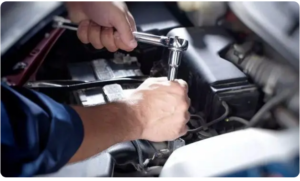
Mar 60000 ciliméadar is a “bac mór” do charranna nua, mura gcuirtear na comhpháirteanna seo in ionad ar bhealach tráthúil, tá sé éasca guaiseacha sábháilteachta a fhágáil!
Moladh d’úinéirí gluaisteán: Tar éis a bhaint amach 60000 ciliméadar, even if these parts are not damaged, they should be replaced. Don’t let it go by ear!
1. Whole vehicle oil
Mar shampla, brake oil, antifreeze, srl., are also one of the factors that prevent vehicle malfunctions. After driving 100000 ciliméadar, it is particularly necessary to change to a higher level of oil. Engine components may experience strain after 100000 ciliméadar. Using a higher level of oil can protect critical components and slow down the occurrence of excessive strain on engine components.
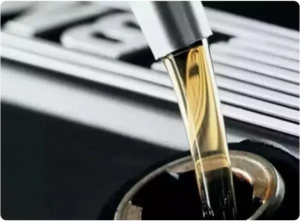
2. Brake pads
When driving on the road, the car’s configuration needs to be checked multiple times and replaced in a timely manner. It cannot be achieved overnight, especially if there is a problem with the brake system, which can easily cause malfunction. Dá bhrí sin, the mechanic reminds everyone that when the car travels 60000 ciliméadar, it must be replaced in a timely manner. It has already reached an extreme time.
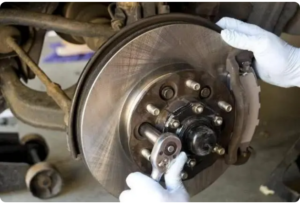
3. Gasoline filter
This component usually needs to be replaced after 60000 ciliméadar, because its existence is to filter out impurities in the car fuel, making our engine more powerful and powerful. If we don’t replace the engine when it needs to be replaced, we will find that our car’s fuel consumption is gradually increasing and accelerating, lacking strength, and even accompanied by various abnormal noises, leading to the engine entering the edge of scrapping.
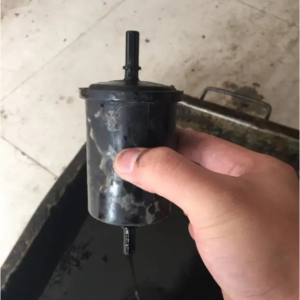
4. Tire replacement cycle
Go ginearálta, car tires can last for 5-8 years or travel 50000 chun 100000 ciliméadar. These values are not absolute and need to be determined based on actual usage. Road conditions, nósanna tiomána, maintenance, tire quality, and other factors can all affect their specific lifespan.
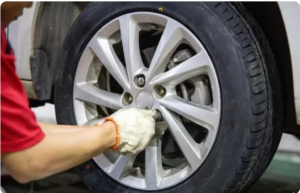
Tire grooves are generally designed with wear indicator points. If severe tire wear is found and the tire is approaching the indicator point position, it needs to be replaced in a timely manner. Daily inspections should be conducted to check for cracks, bulges, and other conditions. If the cracks are large and deep, and bulges occur, they must be replaced in a timely manner.
5. Regularly clean up carbon deposits
For most car owners, they may not be unfamiliar with car carbon deposits, but it seems that most car owners are confused about how to clean up carbon deposits.
ach, for the removal of carbon deposits, as most people are not very familiar with it, most of the main parts of the car are simply not made. ach, the prolonged accumulation of carbon also has a certain impact on the performance of the car.
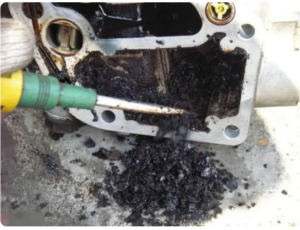
What are the hazards of not cleaning up engine carbon deposits in a timely manner?
The engine is the ‘heart’ of a vehicle, and oil is the ‘blood’ that flows inside the ‘heart’, but did you know?
During the operation of the engine, carbon deposits can occur. Minor carbon deposits do not require special treatment. If excessive carbon deposits adhere to the engine’s intake valves, sorcóirí, pistons, plocóidí spréach, and other parts, attention should be paid!


